Table of content
Eggplant, with its velvety texture and ability to absorb flavors, is a beloved vegetable in global cuisines. However, traditional braised eggplant recipes often rely on deep-frying or excessive oil to achieve a tender interior and caramelized exterior. This method, while tasty, can leave the dish feeling heavy and greasy. Fortunately, there’s a lighter, equally satisfying alternative: oil-free braised eggplant. By leveraging smart cooking techniques and flavorful seasonings, this recipe delivers the same rich taste and tender texture without the need for frying. Whether you’re health-conscious, following a vegan diet, or simply seeking a fresh twist on a classic dish, this recipe is a game-changer.
The Science Behind Oil-Free Cooking
Eliminating oil might seem daunting, as fat plays a key role in browning and texture. However, eggplant’s unique structure—spongy flesh and high water content—makes it surprisingly adaptable to oil-free methods. When cooked correctly, eggplant releases moisture, which can be evaporated to concentrate flavor and create a melt-in-your-mouth consistency. The secret lies in pre-salting the eggplant to remove excess liquid, followed by slow braising in a flavorful liquid. This process ensures the vegetable cooks evenly, develops depth, and avoids sogginess.
Ingredients You’ll Need
To create this dish, gather the following ingredients:
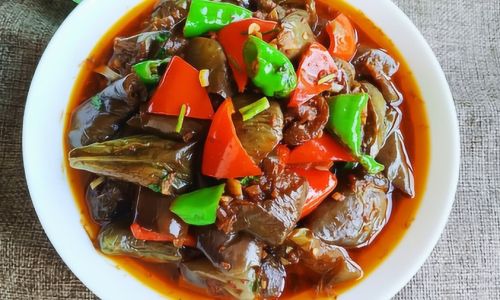
- 2 medium eggplants (preferably globe or Italian varieties for their meatiness)
- 3 garlic cloves, minced
- 1-inch ginger, grated
- 2 scallions, thinly sliced (white and green parts separated)
- 2 tbsp light soy sauce (for saltiness)
- 1 tbsp dark soy sauce (for color and umami)
- 1 tbsp black vinegar or rice vinegar (for acidity)
- 1 tsp sugar (or maple syrup for a vegan option)
- 1 tsp cornstarch (to thicken the sauce)
- 1/2 cup vegetable broth or water
- 1/2 tsp red pepper flakes (optional, for heat)
- 1 tbsp sesame seeds (for garnish, optional)
Step-by-Step Preparation
Preparing the Eggplant
Start by trimming the eggplants’ stems and cutting them into bite-sized pieces. For a rustic texture, opt for 1.5-inch chunks; for a sleeker presentation, slice them into long, 1/2-inch-thick strips.
Key Tip: Eggplant flesh oxidizes quickly, so work swiftly or submerge the pieces in cold water with a splash of lemon juice to prevent browning.
Salting the Eggplant (Optional but Recommended)
While not mandatory, salting the eggplant draws out excess moisture and reduces bitterness. Sprinkle the pieces generously with kosher salt, toss gently, and let them sit in a colander for 20–30 minutes. Rinse thoroughly under cold water and pat dry with paper towels. This step ensures the eggplant doesn’t release too much liquid during cooking, which could dilute the sauce.

Sautéing Aromatics Without Oil
Heat a large non-stick skillet or wok over medium heat. Add the minced garlic, grated ginger, and white parts of the scallions. Dry-sauté them for 1–2 minutes until fragrant, stirring constantly to prevent burning. If the pan becomes too hot, splash a tablespoon of water or broth to deglaze.
Braising the Eggplant
Add the eggplant to the pan and toss to coat it with the aromatics. Cook for 5 minutes, stirring occasionally, until the flesh begins to soften. In a small bowl, whisk together the light soy sauce, dark soy sauce, vinegar, sugar, cornstarch, and broth. Pour this mixture over the eggplant, ensuring all pieces are submerged.
Reduce the heat to low, cover the pan, and simmer for 15–20 minutes. Stir occasionally to prevent sticking. The eggplant will absorb the sauce, turning glossy and tender.

Finishing the Dish
Once the eggplant is fork-tender, remove the lid and increase the heat to medium-high. Cook for an additional 3–5 minutes to thicken the sauce into a glossy glaze. Taste and adjust seasoning with extra soy sauce, vinegar, or sugar as needed.
Serving Suggestions
This braised eggplant shines as a standalone dish or alongside grains like steamed rice, quinoa, or cauliflower rice. For a heartier meal, pair it with sautéed greens or tofu. Garnish with sesame seeds, sliced scallion greens, and a sprinkle of red pepper flakes for a pop of color and heat.
Why This Recipe Works
- Texture Control: Salting and slow braising prevent mushiness, yielding eggplant with a tender yet slightly firm bite.
- Flavor Depth: The combination of soy sauces, vinegar, and ginger creates a savory-sweet-tangy profile that rivals traditional recipes.
- Nutritional Benefits: By skipping oil, the dish remains low in calories and saturated fat while retaining eggplant’s fiber, antioxidants, and vitamins.
Variations to Explore
- Spicy Twist: Add a diced fresh chili or a teaspoon of chili paste during the aromatics step.
- Umami Boost: Incorporate a tablespoon of miso paste or mushroom seasoning into the braising liquid.
- Protein Addition: Toss in cubed tempeh, seitan, or cooked lentils during the final simmer for extra heft.
Troubleshooting Common Issues
- Soggy Eggplant: Ensure the pan is hot before adding the eggplant, and avoid overcrowding the pan, which traps steam and softens the flesh.
- Bland Flavor: Amplify the seasoning with a splash of toasted sesame oil or a pinch of smoked paprika after cooking.
- Burnt Sauce: Keep a close eye on the dish during the final glaze stage, stirring frequently to prevent scorching.
The Health Perks of Eggplant
Eggplant is a nutritional powerhouse, offering:
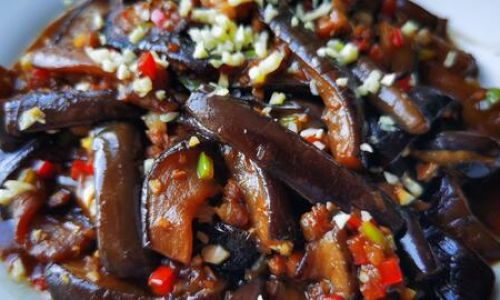
- Fiber: Aids digestion and promotes satiety.
- Antioxidants: Nasunin, found in eggplant skin, protects brain health.
- Low Calories: Ideal for weight management.
By cooking without oil, you preserve these benefits without adding unnecessary fats.
Conclusion
This oil-free braised eggplant recipe proves that indulgent flavor doesn’t require compromise. By harnessing the vegetable’s natural properties and layering seasonings thoughtfully, you can create a dish that’s both nourishing and deeply satisfying. Whether you’re a seasoned cook or a kitchen novice, this method invites creativity and adaptation. So next time you crave the comforting embrace of braised eggplant, skip the frying pan—your taste buds (and waistline) will thank you.
Experiment with herbs, spices, and accompaniments to make this recipe your own. The joy of cooking lies in iteration, and this dish is a blank canvas waiting for your personal touch. Enjoy the process, and savor every bite!
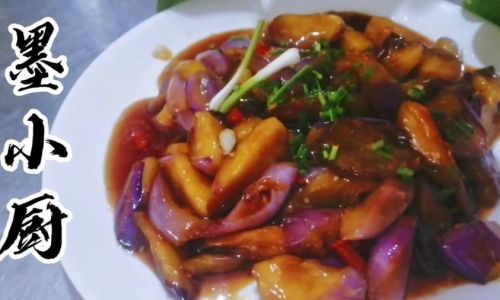
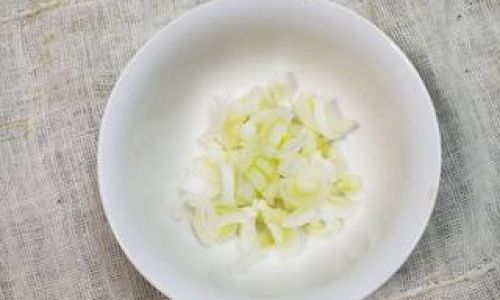
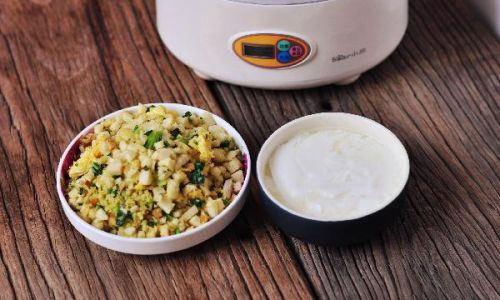

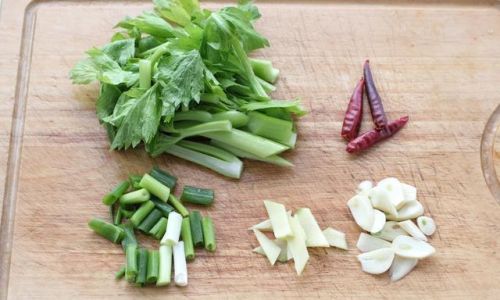
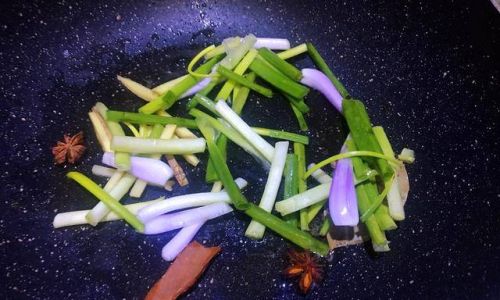
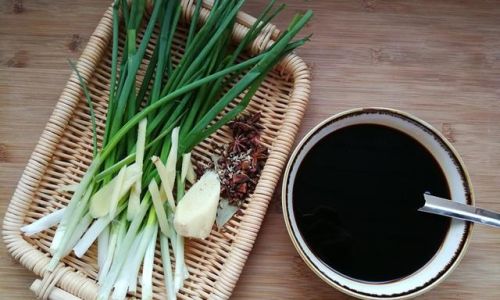
0 comments